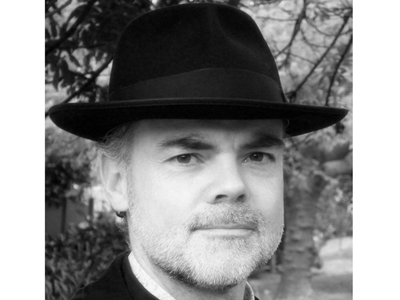February 24–June 24, 2018
The Dowse Art Museum, Lower Hutt, Wellington, New Zealand
How do you curate an exhibition that interests both jewelry artists and a general audience that knows nothing of the field? “With difficulty,” is probably your answer. Here’s how they did it recently in Aotearoa New Zealand.

You first encounter a column, covered in gold leaf squares. Their irregular application suggests a hands-on intervention, rather than professional exhibition design. You then enter a room with a yellow wall on which is inscribed “All that glitters is not gold.” The room contains a video of Suska Mackert as she paints the names of jewelry houses in gold, silver, and black paint, Su san Cohn’s Way Past Real floor installation, and Lauren Kalman’s gold feathered body. Objects in vitrines, such as Otto Künzli’s iconic Gold Makes Blind, play on appearances and disappearances of preciousness.
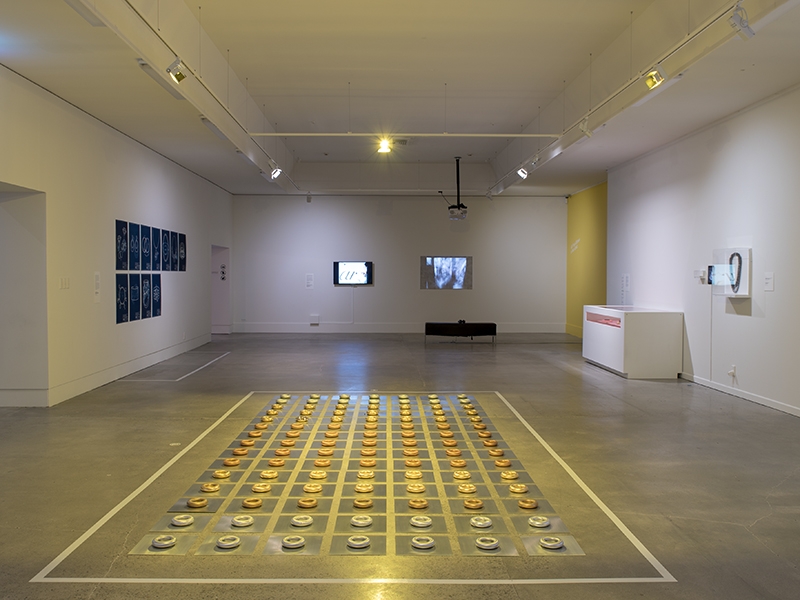
You then walk into a middle space and are confronted by a life-sized cardboard motorbike. The accompanying video shows the procession of objects produced by Yuka Oyama during her Wellington residency, where participants wore cardboard versions of objects identified as significant tokens of home by those born in other countries.

Radiating from Oyama’s installation are three smaller rooms containing a combination of vitrine and wall works. Overall, 100 works are distributed over 14 vitrines in five rooms. The vitrines inside are painted pastel colors. One collection that particularly engages the eye includes corporeal works on a flesh-colored background. It features objects made from hair by Kadri Mälk and Sonya Clark around a pink bowl made from Sculpey by Iris Eichenberg.
Behind the second room is a crypt-like space. Visitors are greeted with a warning that the “artwork contains clay from a cemetery.” Set in the floor and lit on the sides is the 160-cm-long Burial Necklace by Renee Bevan. As visitors turn to leave, they find a basin on their left for ritual cleansing purposes.

The Language of Things: Meaning and Value in Contemporary Jewellery was curated by Sian van Dyk for The Dowse Art Museum, a regional museum in Lower Hutt, half an hour’s drive north of Wellington city. This museum has a history of strong directors who have bequeathed a decorative arts focus, particularly as a venue for the four New Zealand Jewellery Biennales that were held 1996–2002. This current exhibition featuring seminal works seemed designed to introduce contemporary jewelry to a new generation. With the advice of Damian Skinner, the exhibition was sourced from key collections, particularly Susan Cummins’s Rotasa collection. It was an extraordinary ambition for a regional gallery at the “bottom of the world.” Its scale is testament to the quality of museum programming in Aotearoa New Zealand. The Language of Things offered a solid introduction to the field with “local characteristics.”
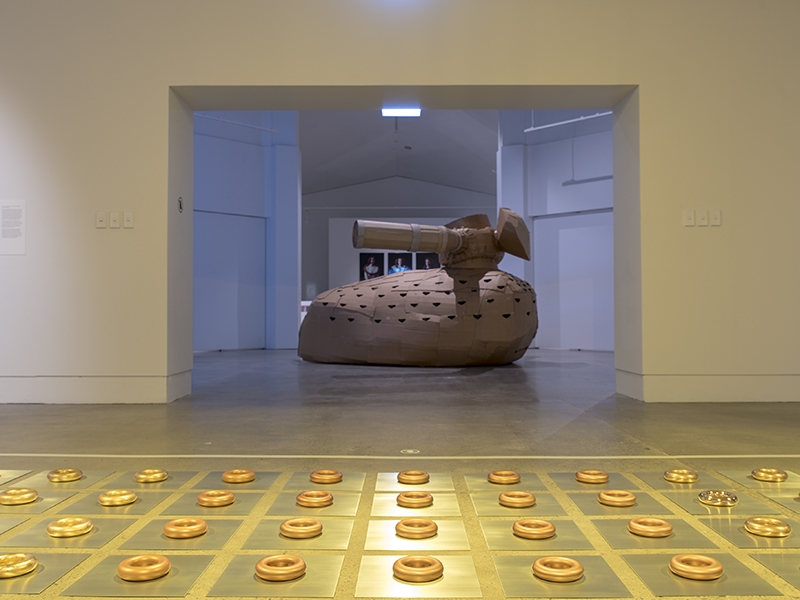
Across the exhibition, 29 wall texts delineate the work into semantic clusters. There’s a focus on materials, reflecting the underlying theme: the critique of preciousness. The overall effect is exegetic, indicating to the visitor that the works require semantic unpacking. This is mostly informative and adds meaning to the displays. But overall it lacks the drama of catchy headings that help prime the mind for what’s to be absorbed (something that Medusa in Paris did well). Headings could have added a more taxonomic element that offered the pleasure of a formal order.
Given the marginal nature of the medium, an overview of art jewelry does entail retelling a familiar story. This hits the mark for audiences in capitalist cultures, often struggling to find value beyond the economic. The recurrence of the critique of preciousness was expressed as a source of frustration in the plenary panel, led by Warwick Freeman, who felt that it was moralistic and out of date.
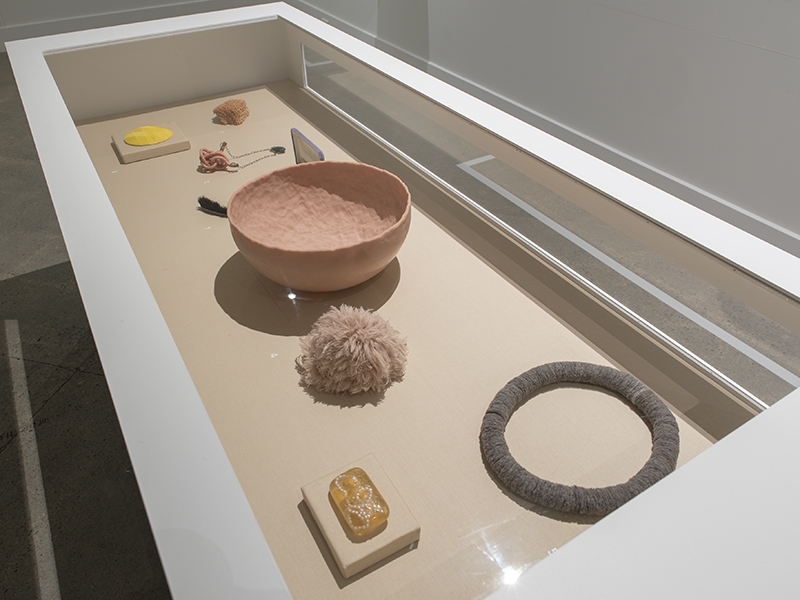
As a project, The Language of Things went beyond this pedagogical assortment of objects. It provided a platform for other activities, such as Yuka Oyama’s Helpers—Changing Homes. Through interviews, Oyama mined the lives of migrants for objects around which memories of home were connected. She then scaled these up to full-body costumes that were paraded along the foreshore of Wellington. It offered a model of public engagement and extraordinary spectacle.
While the video and a sample object were included in the exhibition, the visitor experience lacked an active form of engagement. The relationality of jewelry provides opportunities for engaging visitors within the gallery itself. As Roseanne Bartley shows, this can be done through Instagram without harm to the exhibits inside the gallery.
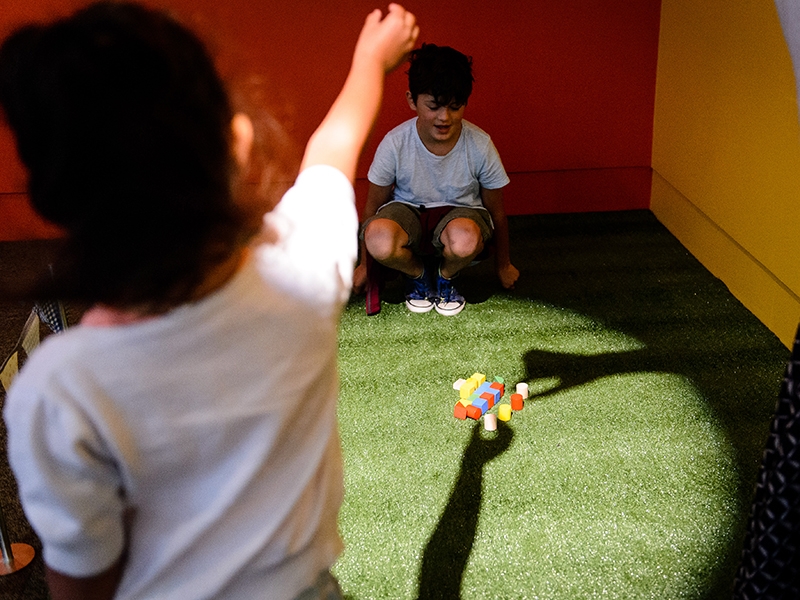
The main form of outreach was a two-day conference, which quickly sold out. The Dowse was able to bring out Otto Künzli, a regular Munich presence in New Zealand. Künzli presented a consummate encyclopedic jewelry view of the world. Particularly powerful were the Māori presentations about the value and responsibility of taonga. Areta Wilkinson spoke of housing a piece of taonga in a contemporary art space, which entailed human accompaniment of the object from its original location to the gallery, a ceremonial welcome, and even overnight sleepovers to ensure that the object was never alone. This resonated with Rosanna Raymond’s account of her residencies in museums in Cambridge and New York, where she reinstated the adornments that once would have attached themselves to figures in cabinets. Pride in Moana culture gave the event great spirit, but the argument over preciousness continued.
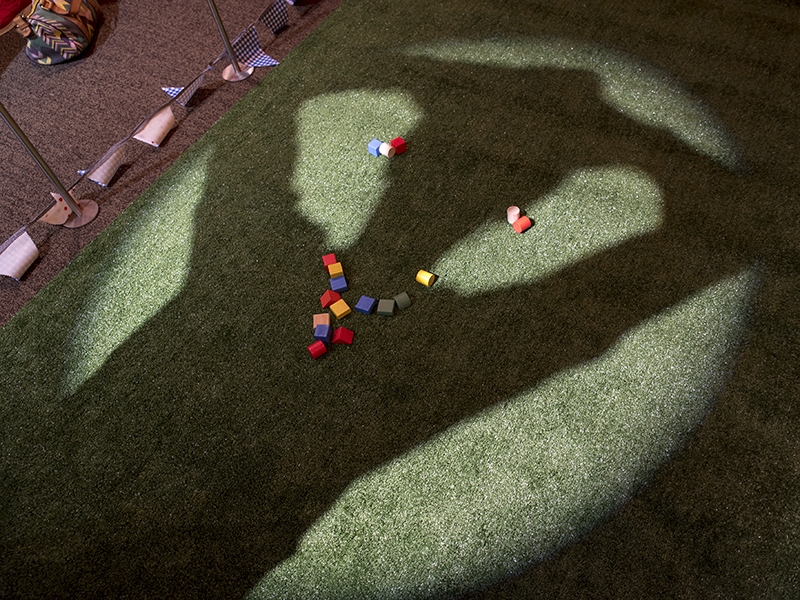
On the one hand, there were the mediators (including yours truly), who saw the role of jewelry being to express meanings of relevance to the world beyond. And on the other, the formalists privilege the internal meanings of the medium itself, including the history of works that can be quoted. It’s art for them versus us. This can seem like a division between the earnest ones, seeking to change the world one bracelet at a time, versus the ironists who enjoy jewelry as a parlor game of wit and friendship. While we may personally choose one side or the other, the presence of both gives life to the field. Like the king and the jester in a royal court, we keep each other honest.
In abandoning the critique of preciousness as our foundational story, we risk losing a common thread connecting the field together. The challenge is to find a way of broadening it beyond the use of nonprecious materials in order to include the social domain, such as the alternative forms of currency as adornment being revived by Pacific artists.
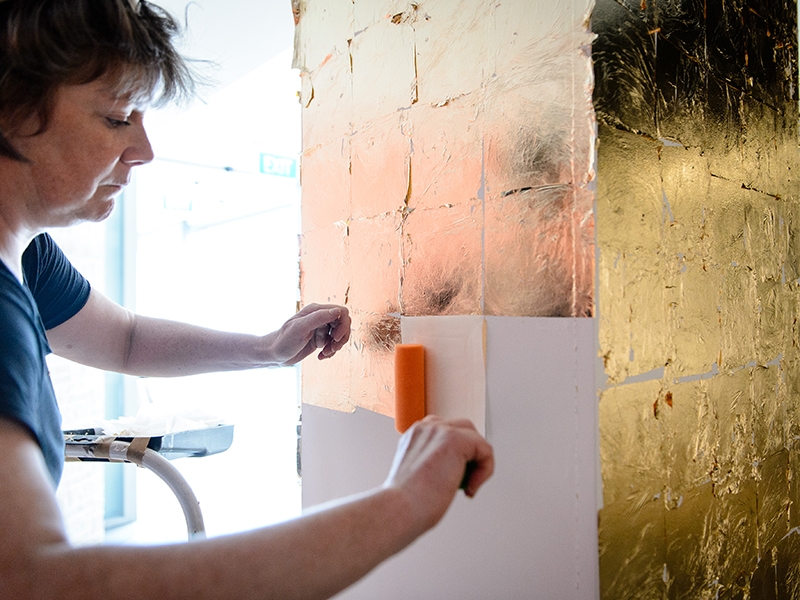
There are important developments on the horizon. The Women’s Wealth Project in this year’s Queensland Asia Pacific Triennial reflects the way many Melanesian artists are recovering customary forms of currency in adornment, such as shell money.
But a sign of the future was most dramatically revealed at the end of the symposium by revered jewelry elder Alan Preston. In preparation for her talk, Areta Wilkinson had been daubing participants with traditional ochre, kokowai. At the conclusion, Preston led a chorus of local attendees in Māori song. After the proceedings, he went through the exhibition, daubing with ochre each of the cabinets that contained works from Aotearoa New Zealand. No one in the museum stopped him. Let’s hope the kokowai remains. Its ritual application was as precious as the contents of the vitrines.
